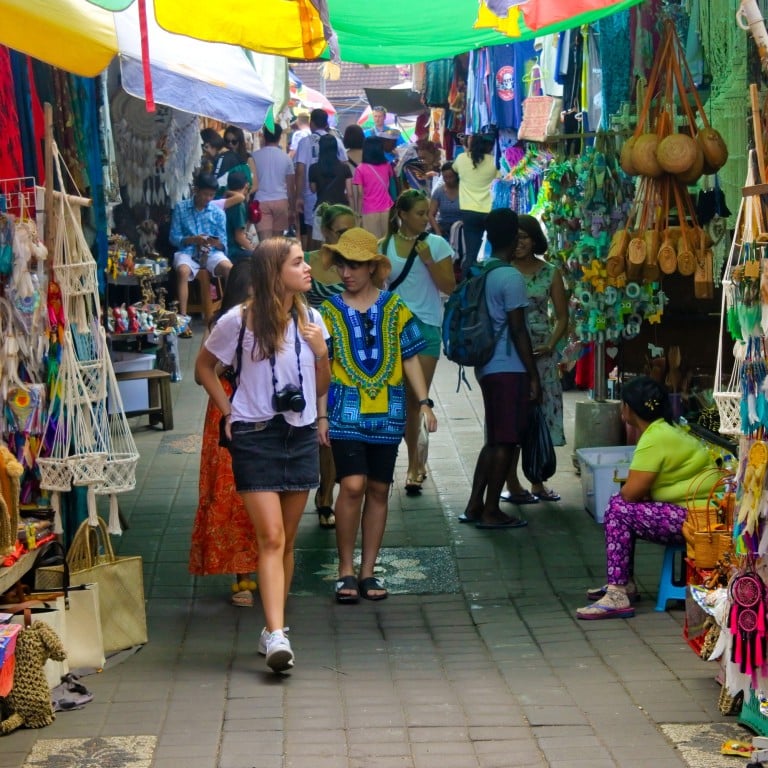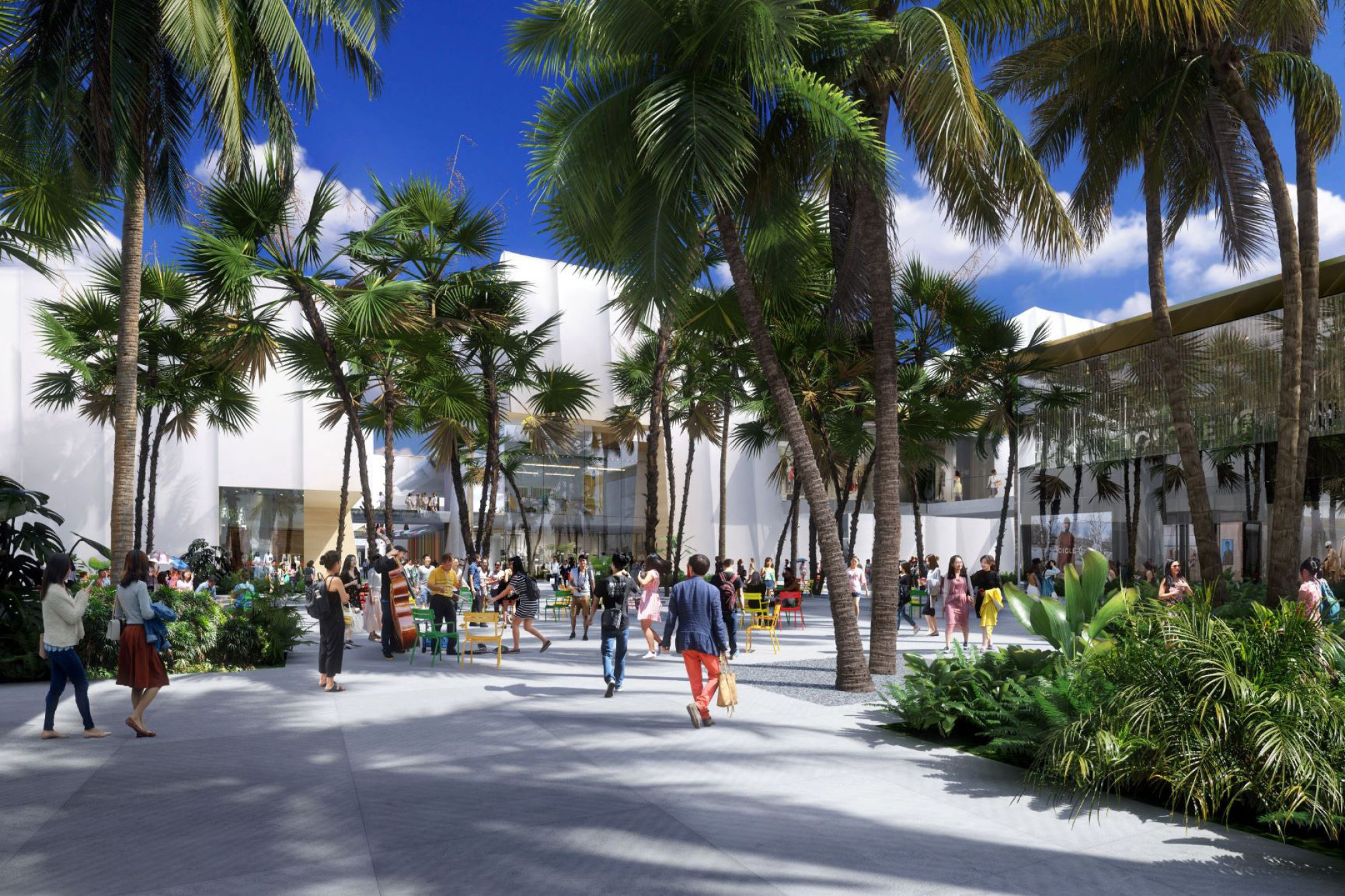Will tourists finally return to Southeast Asia in 2023? Bali and Thailand may have reopened borders, but post-pandemic tourism in Asean could be a bumpy flight without Chinese travellers’ big bucks

Before Covid-19 all but shut down tourism in 2020, Asean’s 10 members were expecting 123 million visitors for the year, and projecting that number to grow rapidly in subsequent years.
In the end, just 26.1 million travellers showed up over those 12 months, according to World Tourism Organization estimates, and things went down further from there.
While there are the first signs of a recovery now, it will take time, and the lack of tourists continues to hurt revenues throughout the bloc.
Tropical workcation: how to get a digital nomad visa in Southeast Asia
The push to bring tourists back will be a key focus of talks during the coming four-day Asean Summit, a meeting of the region’s most senior policymaking body, starting November 10 in Cambodia.
For Asean, the race is now on to attract 152 million tourists by 2025 and 187 million by 2030, putting it back on track to meet the pre-pandemic forecasts in its “Asean Tourism Strategic Plan 2016-2025”.

“The pandemic has only highlighted to what extent Asean and China’s tourism industries are coupled together,” said Hannah Pearson, Malaysia-based director at Pear Anderson, a travel market research organisation focused on the Asean region. She added that Asia-Pacific tourism will continue to be held back until China reopens outbound travel.
As part of its zero-Covid policy, Beijing introduced travel restrictions that have made it very difficult to travel abroad for leisure. Domestic tourism in mainland China has held up well but not foreign travel among Chinese tourists. The eventual return of Chinese tourists is what Southeast Asian destinations are holding out for.
“Chinese travellers returning to international travel will undoubtedly boost the tourism industry in Asean. After all, China accounted for 22 per cent of total arrivals into Indonesia, Malaysia, the Philippines, Singapore, Thailand and Vietnam in 2019,” said Pearson.
Charles Chia, CEO at Hong Kong-Asean Foundation Limited, said: “Tourism and airport figures from countries in the region closely correlate with the relaxation of border, quarantine and Covid-19 control measures adopted by those respective countries.”

It is still unknown when people in mainland China will again be able to travel as they did before the pandemic, but there have been reports that some airlines are increasing the number of international flights to various destinations, including Asean countries. To date, most of those extra flights are carrying workers and those for whom travel is essential.
The Mastercard Economics Institute said in a recent report: “Looking deeper at where tourists from mainland China and the US are spending, it’s clear that certain markets are dependent on these travellers – and their dollars. According to our analysis, Hong Kong, South Korea, Cambodia, Japan, Thailand and Australia are most dependent on Chinese travellers.”
Meet the 10 crazy rich Arabs of Dubai Bling, from Safa Siddiqui to DJ Bliss
Beyond the lack of Chinese tourists, Asean is still trying to recover from the downturn of the past two years.
As the Covid-19 pandemic fades, many countries have dropped or eased entry requirements related to vaccination and testing.
Philippines’ Tourism Secretary Christina Frasco said on October 25 that her government had issued directions to lift the remaining travel restrictions into the country, including easing mask mandates, to be on a par with its Asean neighbours.
World Travel & Tourism Council (WTTC) forecasts that the Asia-Pacific region – which encompasses more countries than does Asean – will be the first region in the world to return to the 2019 scenario, some time in 2023. “All the other regions are estimated to recover completely in 2024,” it said.
The WTTC reported that the Asia-Pacific region alone lost 53.7 per cent of its travel and tourism GDP in 2020.
Charles Blocker, founder and partner at IC Partners, an investment platform focused on mostly Asean hospitality assets, pointed to the traditionally booming Thai tourism market as an example of what is happening across the region.
“We are running at 35 to 40 per cent of business volumes,” he said from Bangkok, while underscoring that beyond the pandemic, a drop in Russian tourists due to the conflict in Ukraine is also taking a toll.

“Thailand remained neutral. Unlike other countries that have limited or not made it easy for Russian tourists to travel, Thailand has chosen a path of neutrality, but it’s not easy [for Russians] to get here. They must come through Dubai or the Laotian capital, Vientiane. And the tickets are several thousand US dollars,” he explained.
What are the best Asian-Pacific tropical islands to live and work on?
Even as the lack of Chinese and Russian tourists affects the region, there is a silver lining in that domestic and intra-Asean tourism is gaining momentum. However, reopening the borders of Brunei, Cambodia, Indonesia, Laos, Malaysia, Myanmar, the Philippines, Singapore, Thailand and Vietnam – the Asean countries – is proving challenging.
“Asean countries are some of the top source markets for one another since the reopening, which indicates that they missed an invaluable opportunity to support their tourism industry and economy at large, by not reopening to one another in 2021,” Pearson said.
The market research consultant added that during the first half of 2022, most of Asean reopened to tourism in completely different ways, unlike European Union countries that were aligned in terms of vaccination requirements and Covid-19 tests.
She said the problem is that most of the countries in Asean are intricately linked and depend on each other. Traditionally, some of the smaller Asean markets were stops by long-haul travellers as part of multi-country itineraries, and those stops were profitable, said Pearson.

Airlines flying to and from Asean are resuming operations and once again flying tourists, but the resumption is slow, the frequency is much less than what it once was and prices are higher.
“Consumers across the region are looking to travel internationally, but they are being held back by either a limited number of flights to their desired destination, or prohibitively expensive airfares, particularly over the holiday periods,” Pearson said.
“Until airlines restore their 2019 frequencies, the travel industry’s potential, both inbound and outbound, will continue to be stymied,” she added.
Blocker pointed to industry estimates that airlift capacity is operating at just 40 per cent of pre-pandemic levels in the Asia-Pacific region.
British Airways, which flew non-stop from London to Bangkok for many years, has not yet resumed its flights to Thailand. It is expected to restart them in 2023, but for now the route is being served by Eva Air and Thai Airways. In 2019, 830,745 passengers arrived in Bangkok from London’s Heathrow Airport alone.
Meanwhile, to boost both aviation and tourism, Asean and the EU signed an agreement on October 17 to reduce red tape for the aviation industry.
“This first-ever ‘bloc-to-bloc’ air transport agreement brings the EU-Asean aviation partnership to a new level,” said Adina-Ioana Vălean, EU Commissioner for Transport. “It will support the aviation sector’s recovery after Covid-19 and restore much-needed connectivity for the benefit of some 1.1 billion people, enabling greater business, trade, tourism and people-to-people exchanges.”

Under the terms of the Asean-EU Comprehensive Air Transport Agreement, all EU airlines can now operate direct flights from any EU airport to and from any airport in Asean.
This will help EU and Asean airlines compete with others targeting the lucrative EU-Asean market. Airlines will be able to fly up to 14 weekly passenger services to or from each EU member state, and any number of cargo services via and beyond the two regions, to any third country, the commission said.
Golden visa: which are the best countries with citizenship by investment?
Data from Asean shows that 8.2 million visitors from the EU travelled to the 10 member countries in 2019, with Thailand, Indonesia and Singapore the top three destinations. That figure fell to only about two million travellers in 2020, with Thailand still first, followed by Indonesia and Vietnam.
“Luckily, in Thailand, we could have between 15 and 17 million tourists in 2023. It will probably pop up higher – 25 million in 2024 and probably 40 million in 2025,” Blocker said.
For its part, the Mastercard Economics Institute said that if flight booking trends continue at their current pace, globally an estimated 1.5 billion more passengers will fly in 2022 compared to the figures from 2021. Out of those, the Asia-Pacific region could account for 430 million travellers.
The recovery of the sector should bring with it a recovery in jobs. The WTTC predicts that between 2022 and 2032, the travel and tourism sector in Asia-Pacific will create 81.6 million jobs, with 64.8 per cent of the global increase in employment due to tourism.

However, in the short term, labour market perspectives for the tourist sector are not very optimistic.
Where are Chinese property investors buying now?
“With some properties operating with only 25 per cent of rooms open, where has all the labour gone? This is also a central theme. How do we continue to attract bright minds and talent to this industry when it looks so depressing currently? There is a shortage of labour globally,” Blocker said.
“I look forward to greater proactive measures from policymakers in the region,” Chia of Hong Kong-Asean added, “to not just enable safe and steady recovery of travel but also to help operators overcome challenges of human resources and sustainability in the industry.”

- Phuket, Bali, here we come? Travellers are slowly returning to key Southeast Asian destination as restrictions are eased out – but the industry is still far behind pre-pandemic levels
- Bringing visitors back will be a key focus at the four-day Asean Summit starting November 10 in Cambodia, with the region pinning recovery hopes on a crucial EU aviation deal